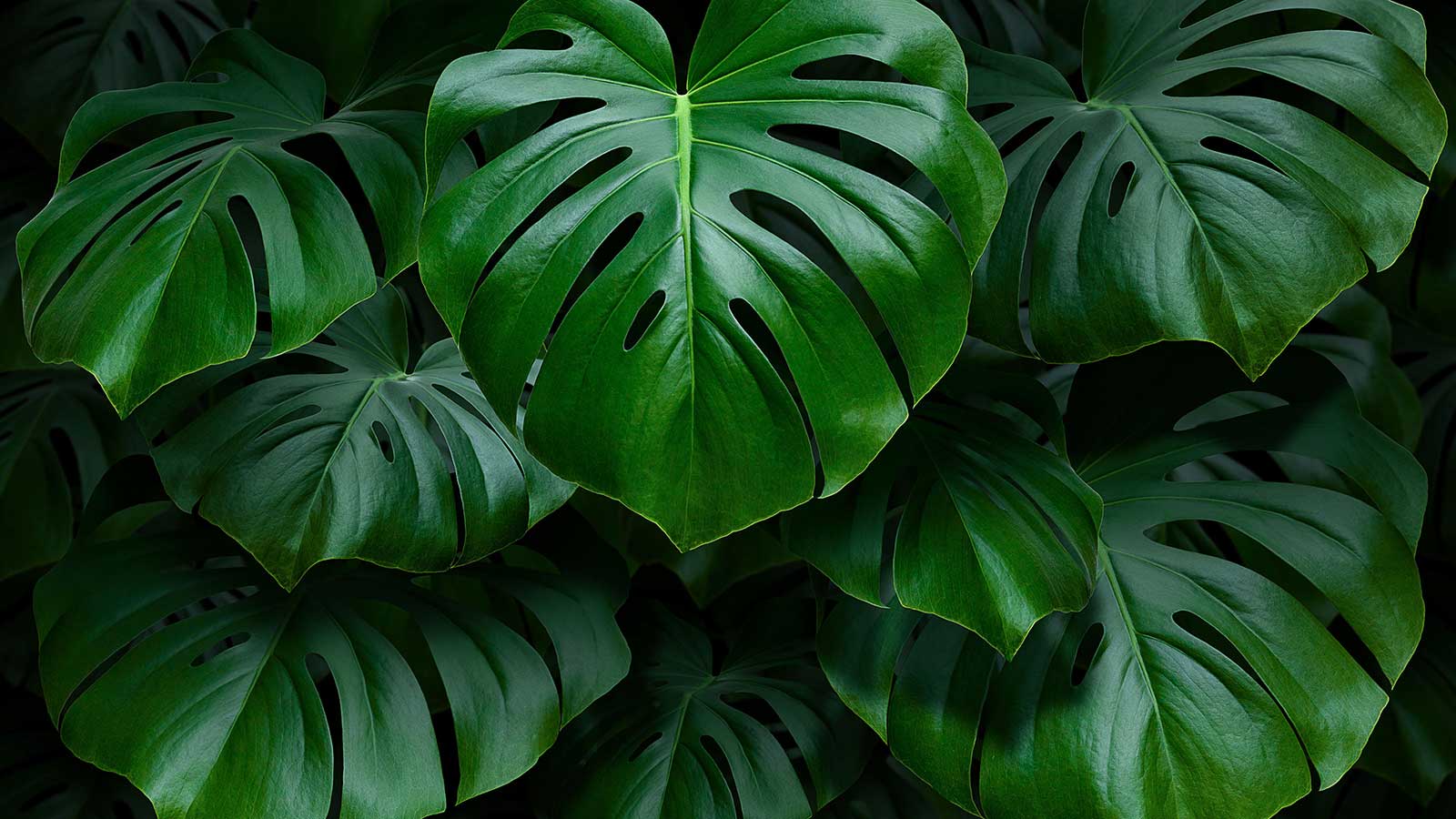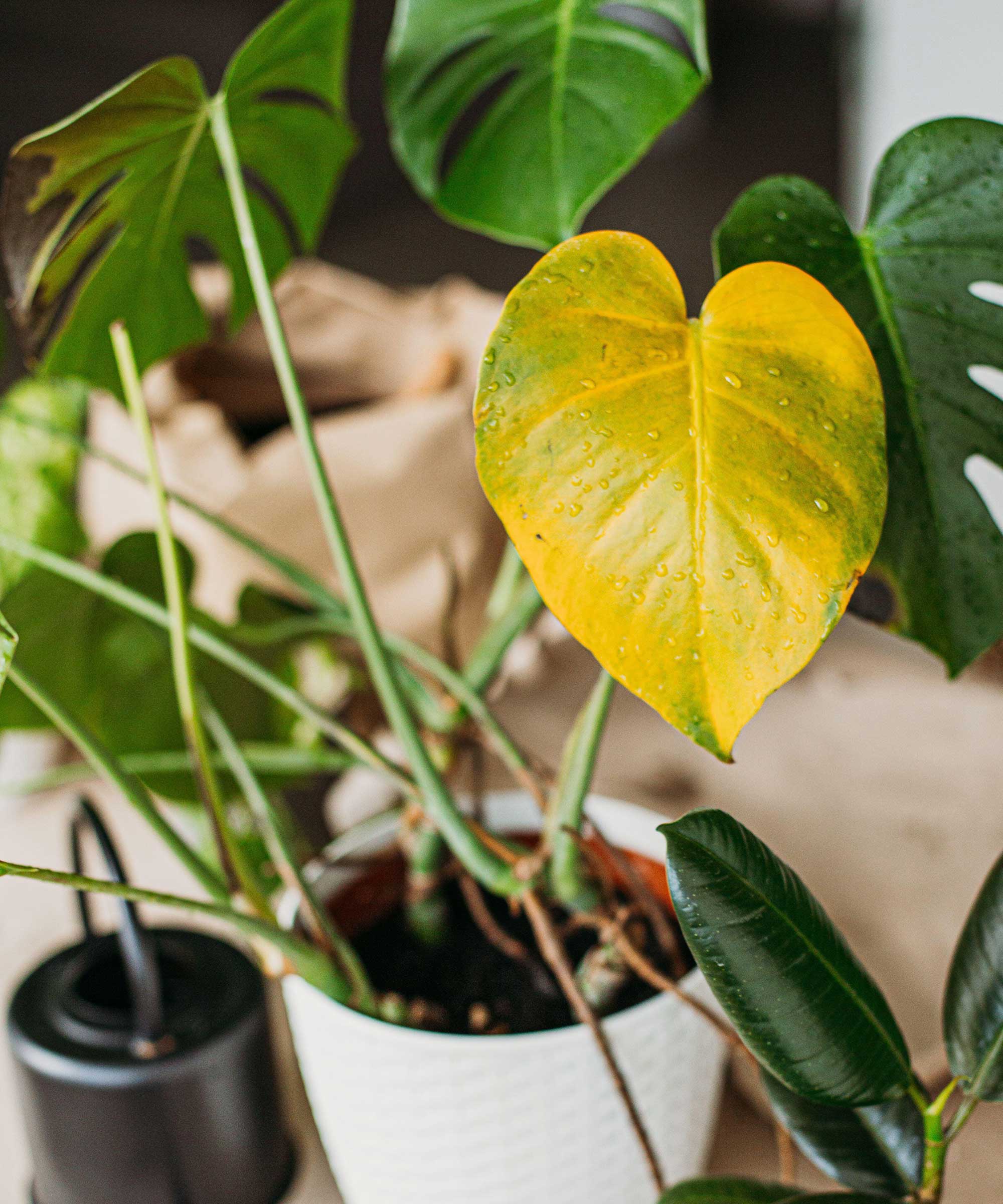Why is my monstera drooping? Experts reveal 5 common reasons
Worried about your monstera drooping? Discover the most common reasons and learn how to fix them


Have you noticed your monstera drooping? This popular houseplant can be prone to certain problems, such as its leaves turning yellow. Luckily, if it is drooping this can be a relatively simple problem to solve.
A firm favorite with houseplant growers, monstera plants are known for their beautiful perforated leaf pattern, which is what gives them their common name: the Swiss cheese plant.
Monstera plants are generally adaptable to most indoor conditions with bright, indirect light, and are an easy indoor plant to grow. However, a few common care mistakes can cause them to droop. Here's what they are, according to plant experts, and how to fix them.

5 reasons why your monstera is drooping
Look out for these key problems that could be causing your monstera plant to droop.

1. It's not getting enough water
This is by far the most common reason for a monstera to droop.
Camille Cimino, the owner of Los Angeles-based landscape design company Nature Of Things, reminds monstera owners that these are tropical plants that need a jungle-like environment to thrive.
'Picture a jungle: there's sun, but not bright direct light like a desert,' she says. 'It never gets really cold. And it's a moist, humid environment. That's what a monstera wants. Drooping leaves are most likely a sign that there's not enough water.'
Design expertise in your inbox – from inspiring decorating ideas and beautiful celebrity homes to practical gardening advice and shopping round-ups.
Diagnosing this problem is very easy: 'If the soil feels dry, that's a sure sign of your problem. Brown, brittle leaf tips are another clue.'
A houseplant moisture meter from Amazon can help you tell when it's time to give your monstera a drink.


Camille Cimino is the owner of Los Angeles-based landscape design company Nature Of Things.
2. It's not getting enough light
A lack of light in your indoor garden is a common reason for drooping monsteras. However, the symptoms of a drooping monstera that isn't getting enough light will be somewhat different from one that isn't getting enough water.
Camille Cimino advises checking if the leaves are turning yellow. Also, monsteras that don't get enough light often don't develop the characteristic 'Swiss cheese' pattern to their leaves.
If the leaves are both solid and yellowing, your monstera almost certainly is suffering from insufficient daylight.

3. It's overwatered
Overwatering houseplants can be just as problematic as underwatering them.
Monstera plants with leaves that are yellowing but still displaying the characteristic serrated pattern are likely overwatered. Camille Cimino says, 'If the leaves seem yellow but moist, you may also be overwatering. Check the bottom of the pot. If the drip tray is full of standing water, you've got too much.' In most cases, all you need to do in this situation is stop watering your plant for at least two weeks.
Jen Stearns, Founder of plant shop and clinic Urban Sprouts, adds that monstera likes to dry out in between waterings. So, resist the temptation to top it up with water too often.

4. Your monstera is rootbound
This is an often overlooked reason for a drooping monstera.
These plants like to have plenty of room to expand their root system. Jen Stearns points out that because monsteras are tree climbers in their native habitat, 'they put really aggressive root systems into the soil that spread along the forest floor looking for something to climb. In the limited environment of a pot, this aggressive root growth can have them outgrowing their pots at an accelerated rate, leaving their roots bound up and struggling to access oxygen, absorb nutrients and receive adequate moisture from the soil.'
So, if your monstera looks otherwise healthy but you see roots coming through at the bottom of your pot, this is the most likely reason it's drooping. The solution? You can repot your monstera plant, or you can give it something to climb up, such as a moss pole.
Jen Stearns explains that by mounting your monstera on a moss pole (available on Amazon), 'you’re giving it a “tree” that it can begin to focus its efforts on climbing. The energy that had been going towards growing long soil roots instead turns towards growing aerial roots that will work their way up the mounting structure.'

Jen Stearns is the founder of plant shop and clinic Urban Sprouts in Renton, Seattle. The store sells a variety plants and gifts as well as offering fun and engaging hands on workshops, walk in activity spaces, a full service houseplant clinic, and loads of in person and online resources for anyone who wants plants in their lives. She is also author of The Inspired Houseplant.

5. It's suffering from root rot
This is a less common reason that nonetheless does affect monstera plants.
Typically the result of consistent overwatering over many weeks or months, root decay will be accompanied by soggy soil, fungus gnats flying around the plant, and drooping leaves.
To rehabilitate your monstera, you will need to remove decayed roots and repot the plant into a pot about one or two inches larger than the root ball.

FAQs
How can I clean my monstera leaves
It's easy to keep plants with a smooth and shiny surface clean such as monstera plants. All you need to do is occasionally wipe over the leaves with a damp microfibre cloth or damp non-scratchy sponge. Support the leaves as you wipe so they don’t snap off.
It's very easy to see why so many of us choose a monstera as part of our houseplant collection - not a lot can rival the structure and drama of these Swiss cheese plants. Now you can hopefully keep yours looking healthy and curb any signs of drooping with this useful guide.

Anna is a professional writer and academic. She taught English Literature for several years before joining Future where she wrote for Real Homes, Homes & Gardens and Livingetc for four years. She is a regular contributor for Parade Home, BiggerPockets, and many other publications. In her spare time, Anna enjoys hiking and gardening.